Table of contents
Table of contents
Research shows the average cost of dog grooming in the UK is £43, but prices range from £20 to £90 or even more. The amount paid depends on several factors including location, dog breed, hair type and the dog grooming service required.
If you are a dog grooming business, then this can be a great thing as it could mean increased profits. But it is not simply about businesses putting up their dog grooming prices. This blog discusses why the cost of dog grooming in the UK is increasing.
About Us
As one of the leading providers of pet business insurance and dog grooming insurance, we understand that keeping on top of costs in and out of your business is key to its success. That is why we pride ourselves on offering what we believe is comprehensive and cost-effective insurance for your dog grooming, sitting and other pet-related business activities.
Get Dog Grooming Insurance from Protectivity
*Disclaimer – This blog has been created as general information and should not be taken as advice. Make sure you have the correct level of insurance for your requirements and always review policy documentation. Information is factually accurate at the time of publishing but may have become out of date.
Last updated by




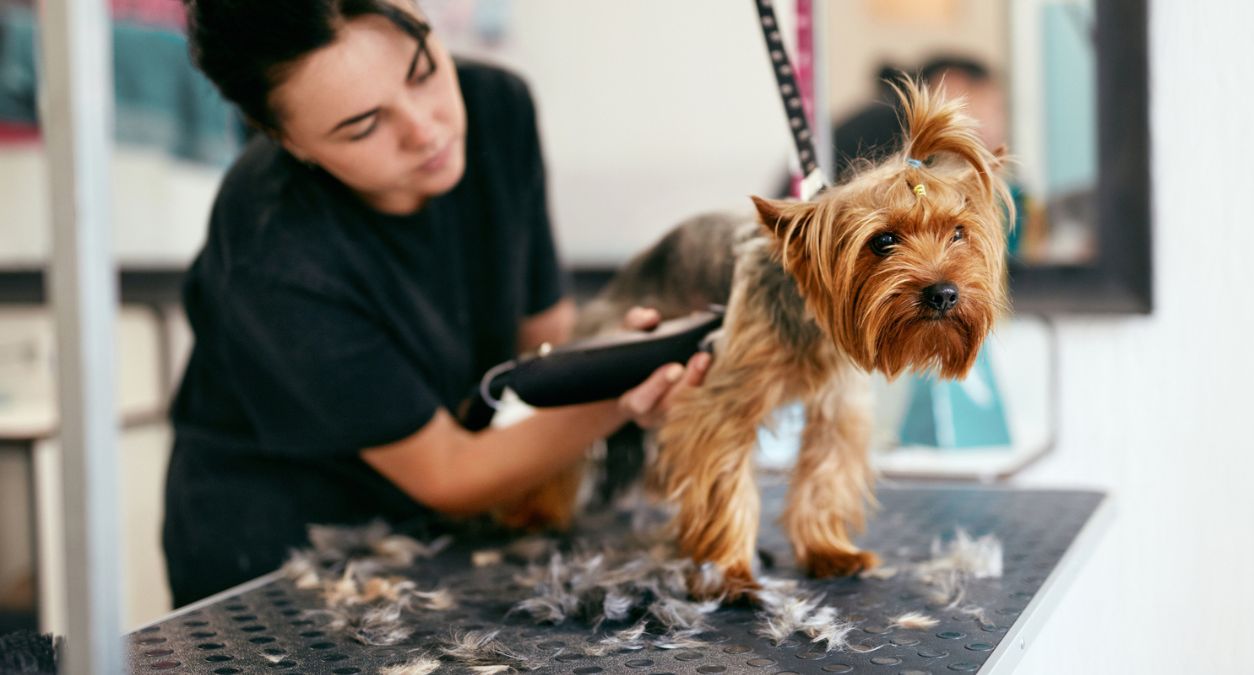



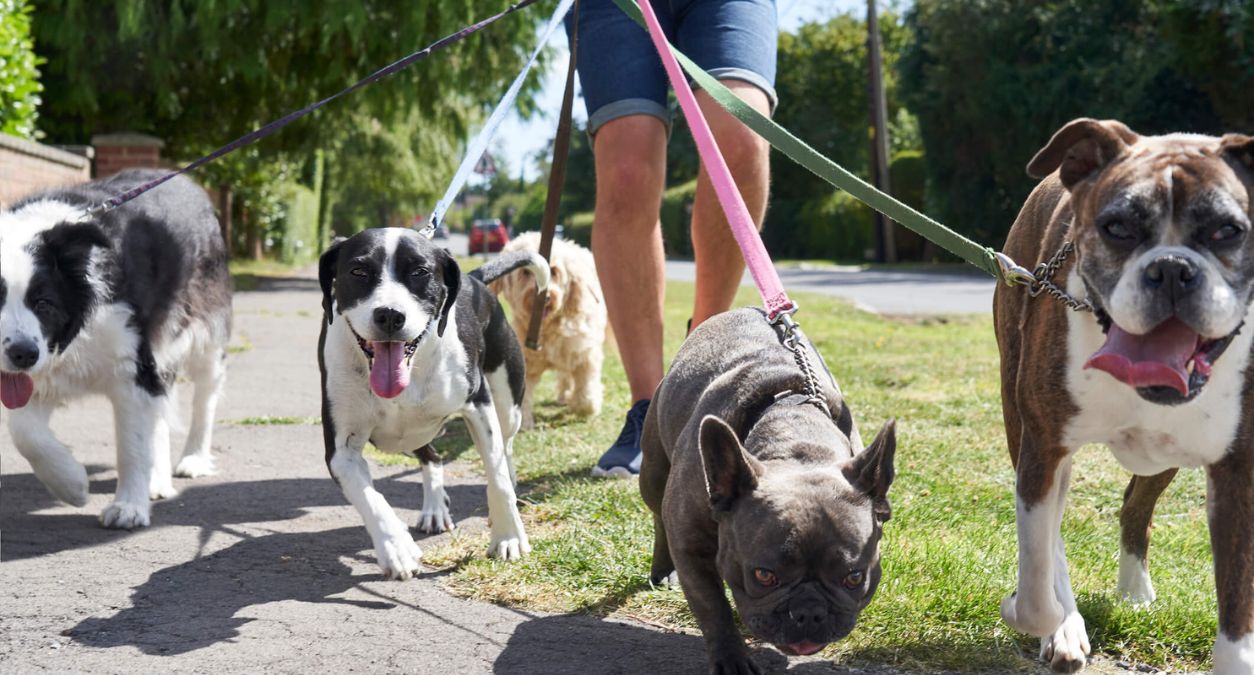
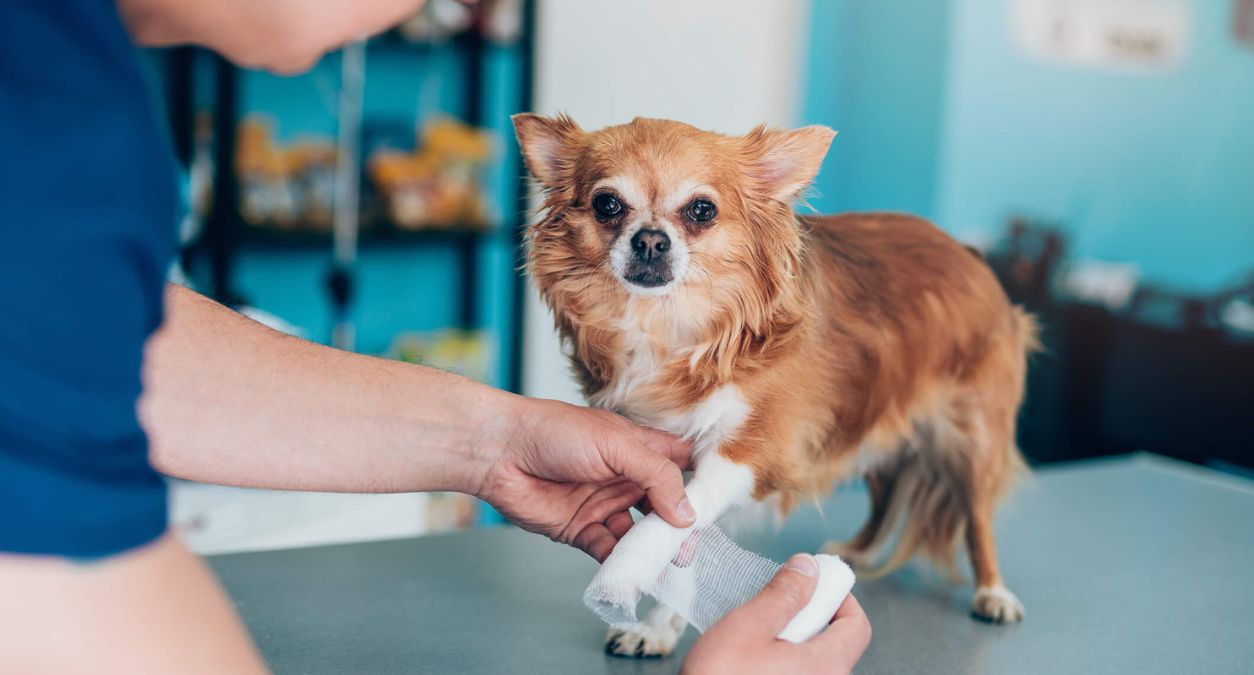
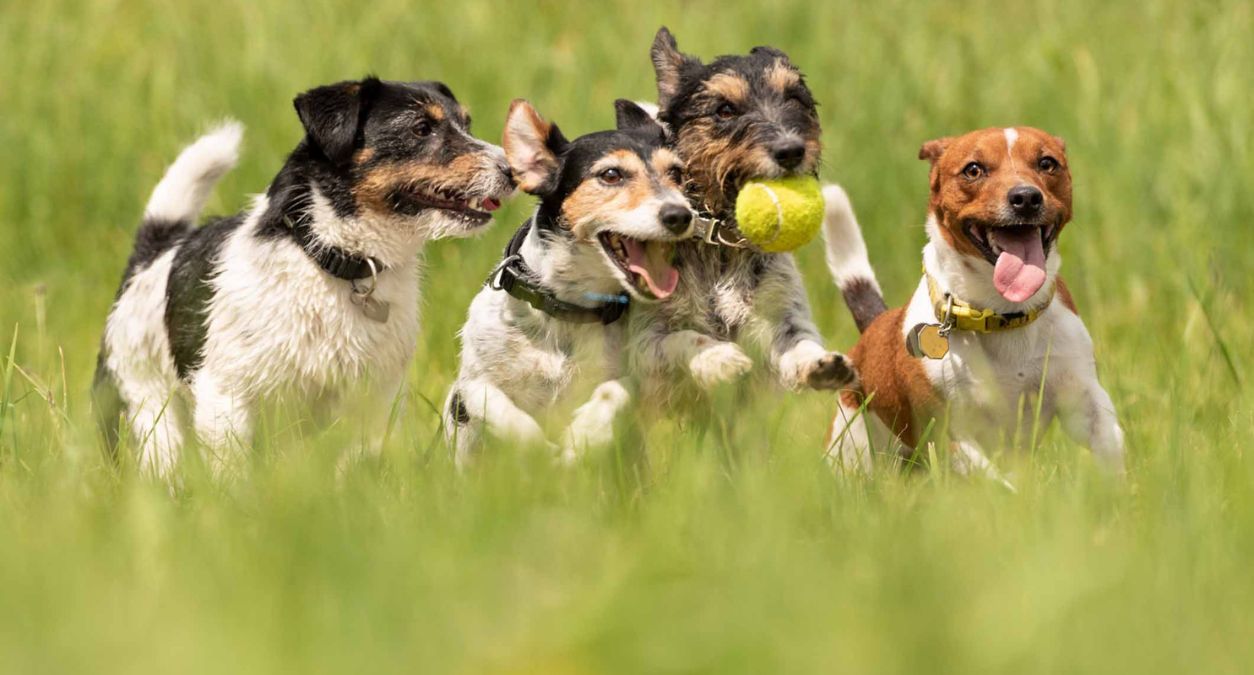

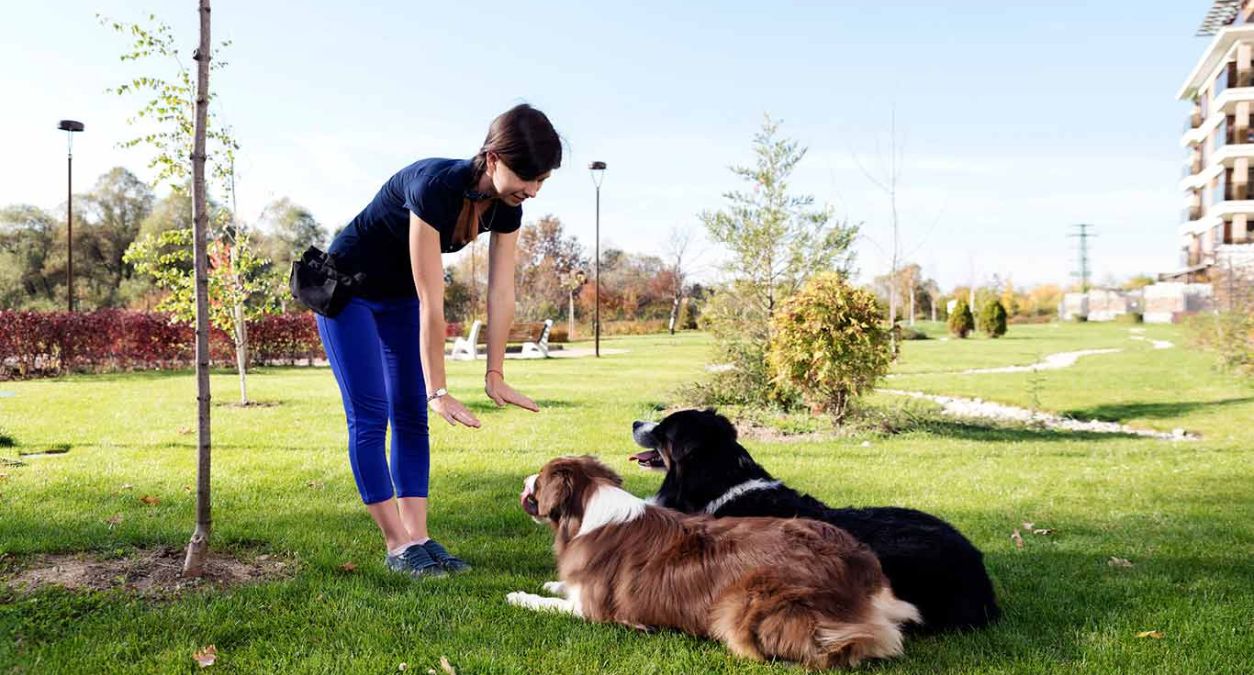

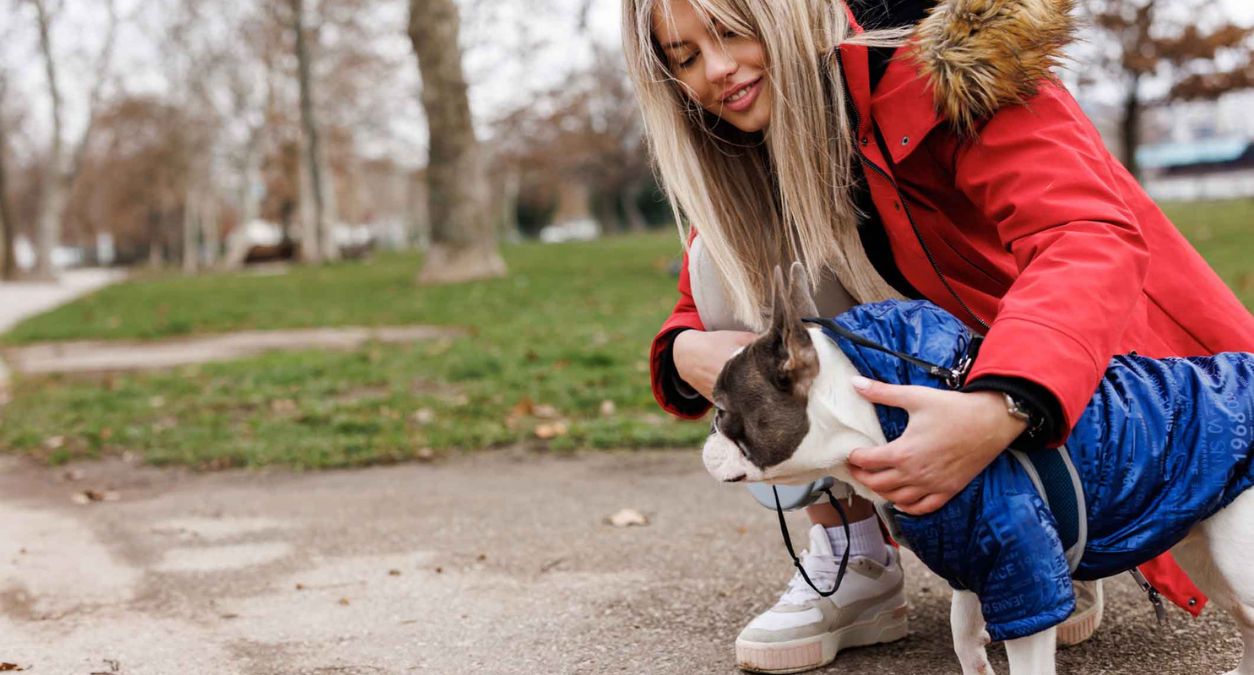
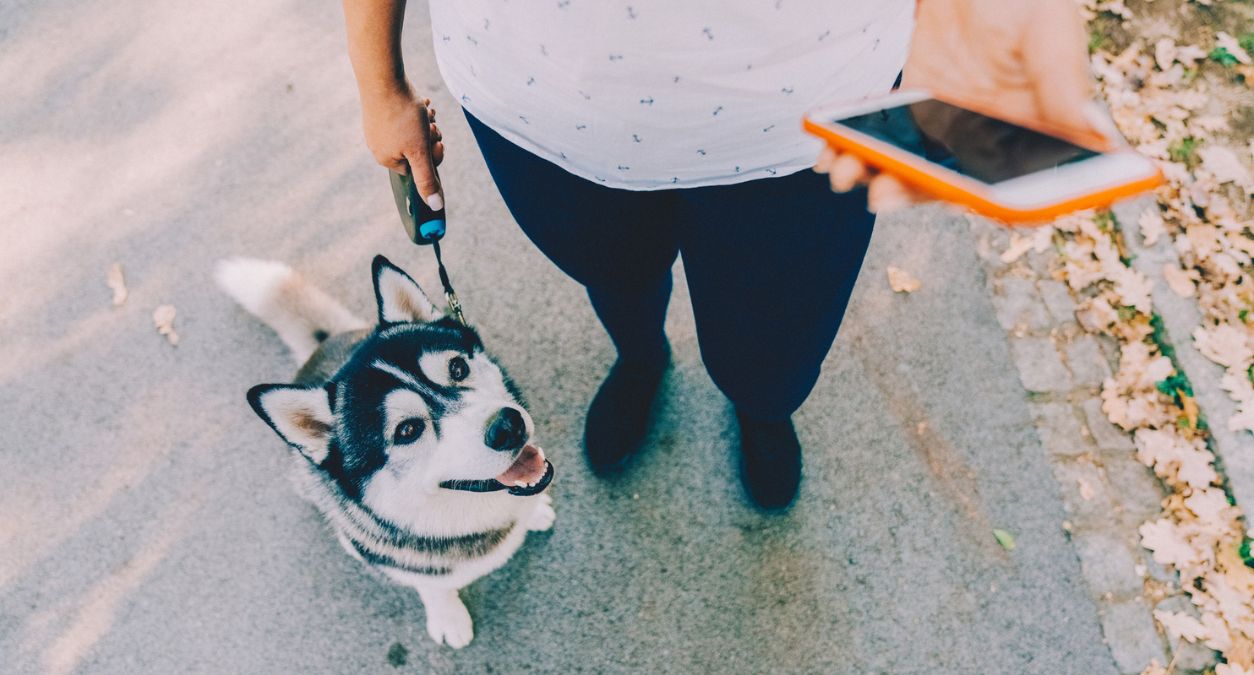
Good Social Skills
When training a dog, it is not just our four-legged friend involved, there is also a relationship with the dog’s owner to build and develop.
Training a dog can be a long process in some cases, so you need to be able to develop a good rapport with both dog and owner to be able to get the best results.
You will also need to adapt your style to allow for every dog and client being different and having their own unique personalities and motivations.